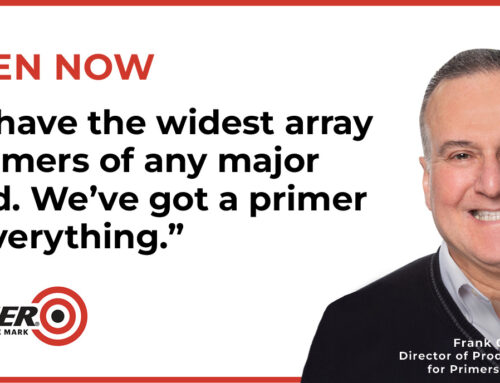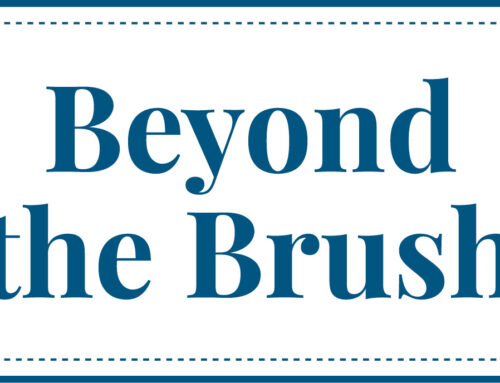Understanding how to effectively set prices could be intimidating for a new manager. Like many facets of retailing, pricing strategy is part art and part science. How a retailer sets prices will have a direct impact on the viability of the business.
New managers who want to understand more about this important part of retailing should first turn to the feature story “Cash Squeeze” in the October 2022 issue of Paint and Decorating Retailer. Here are four more pricing best practices that can help new managers keep their businesses competitive.
It’s not all about price. Pricing is only one component of a retail strategy that includes inventory management, marketing, merchandising, product choice and customer service. All components need to be running efficiently for a pricing strategy to work. Customers may expect to pay a little more for what they buy from you, but they will also expect you to have the product in stock.
“There are a lot of retailers who set their pricing without taking into consideration what brings customers in the door,” says Brad Green, owner of West Branch Ace Hardware and Standish Ace Hardware in Michigan and creator of the Margin Master pricing software. “People aren’t coming to you for price, they’re looking for a lot more, like convenience, friendly staff product knowledge and more. You have to sell more than just price.”
Stick to your prices. Remember that you are in business to make money. You need to pay your employees, pay your bills and have money to reinvest in your business. While you want to offer customers a reasonable price, don’t be afraid to hold your ground on what you know is a necessary price change to keep your business profitable.
“A lot of retailers are too thin-skinned; they make a price change and someone will say this is high, and they’ll get their feelings hurt,” says Jeff Pardini, owner of Hills Flat Lumber with two locations in northern California. “However, this may potentially be the opportunity to talk to a customer and explain why you had to make the change. You may get the occasional person who will push back on your prices, but you have to know what it costs to run your business, and stick to your decision.”
You could also offer to match the competitor’s price on the item in question. This will either show that you are able to compete, or, if your price is that same as the competitor’s, will show the customer that your prices are actually in line with what others are charging.
Control your price image.Understand the many facets of your price image. Customers form a perception about your prices through sometimes subtle messaging. Merchandising, such as endcaps, dump bins and pallet displays, can send the message that you have low prices. Running promotional events can also create the impression that shoppers can find bargain prices at your business. You can have a competitive price image even if your prices are slightly higher than your competitors. However, you will need to make sure you are priced right on items that are price sensitive.
“We try to stay competitive on bagged goods, or some of the key items people buy in large quantities,” says Matt Meyer, owner of Meyer Ace Hardware with five locations in northern Michigan. “For example, we try to keep our prices low on water softener salt, which people come in for on a regular basis. In the shoppers’ mind, the low prices become a reflection of the entire store and that drives repeat customers.”
Take advantage of bulk purchases. Look for volume discounts or special buys from your wholesaler or vendors. Taking advantage of these discounts and stocking up will allow you to raise your margins while keeping your cost steady. You can also use it as leverage with key customers. You can notify a contractor customer, for example, about the coming increase in an important product, then offer them a price lower than the competitor, all without sacrificing your margin.
“Typically every spring we get a refresher order, which is usually just enough to fill the shelves,” says Meyer. “But this year we purchased a lot more inventory than we were accustomed to. That has helped our margin because those costs have been creeping up and triggered several price changes.”







